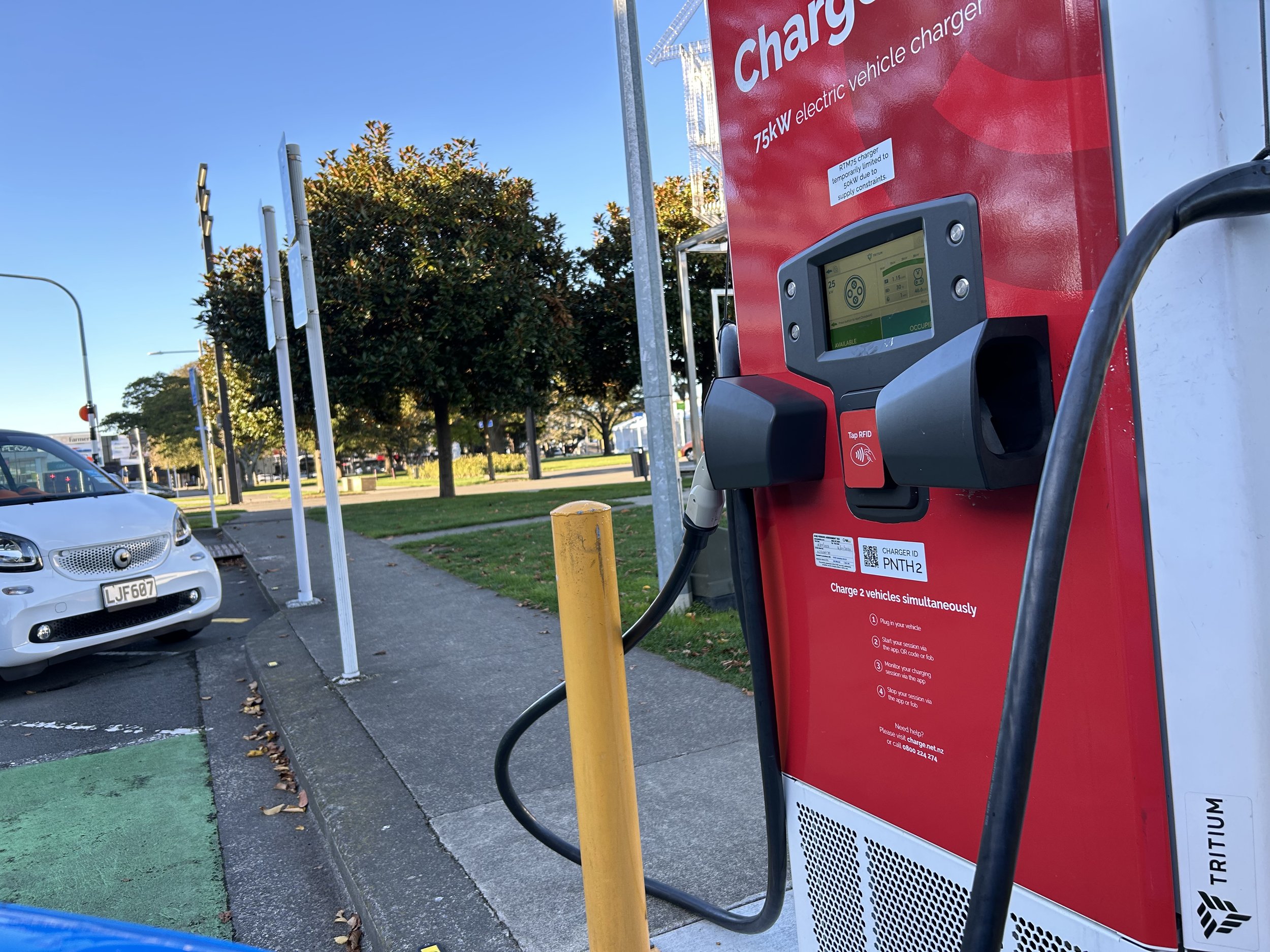Chargenet wired for supplier saga
/EV charging network hopes hardware provider Tritium can u-turn on insolvency, has alternates if not.
THE country’s biggest electric vehicle charging operator hopes its primary equipment supplier can survive insolvency, but has other options if that doesn't transpire.
ChargeNet, whose multi-million dollar effort involves 364 charging stations nationwide with intent to open 30 more this year, has acknowledged significant reliance on Tritium, a high-speed charging equipment manufacturer which last week entered administration.
Receivers for the Australia-based pioneer of EV fast charging are hoping a new ownership structure will keep it energised.
ChargeNet chief executive Danusia Wypych (below) shares that ideal.
“We would certainly hope for a positive outcome for Tritium and the team there, we’ll continue to work constructively with the receivers and any incoming owners.”
However, she says while “the situation at Tritium has not impacted our operations”, she also says ChargeNet has other supplier options.
“ChargeNet is hardware agnostic, so we aren’t reliant on Tritium as our sole supplier.
“ChargeNet tests and selects a range of hardware for installation in New Zealand. We already use Alpitronic, ABB and Delta charge points on our network.”
She said ChargeNet, which began operation in 2015, has been an early supporter of Brisbane-headquartered Tritium, which founded in 2001 and has more than 13,000 units installed in 42 countries.
“We have good relationships with the team there, having been early supporters of their market innovation.
“It is a tough time for them, and our thoughts are with the Tritium team.
“We do have Tritium chargers installed across our network, and with our proactive programmes, they deliver an above-industry-average uptime of 96 percent.”
Uptime represents the percentage of time that an EV driver can arrive at a charging station, plug in their vehicle, and successfully charge.
“We manage our own maintenance on units, and the situation at Tritium has not impacted our operations.”
In March, on announcement of installation of 300kW hyper chargers in Christchurch, the first in the South Island, ChargeNet said it was keen to further strengthen its national coverage of fast charging points, noting that in March of 2023 it had 285 sites.
It has also begun scouting for additional investors to bring that growth to what is a multi-million dollar effort.
Sustained charging demand on its network over the summer has proven that the appetite for EV charging nationally continued to grow, the company said last month, and it was committed to making proactive investments to support that growth.
ChargeNet would not say today if that expansion relied on using Tritium equipment.
The Australian Financial Review newspaper on Monday reported that potential buyers are interested in Tritium’s loyal Brisbane-based engineering team, which has built a world-leading product, as well as its list of big customers.
Potential cited suitors were Shell, BP and Evie Networks, Australia’s leading DC fast charging network.
In New Zealand BP has adopted Tritium hardware whereas Z Energy has adopted technology developed by a Christchurch company, EVnex. Tesla’s Supercharger network, which also has national spread, uses an in-house design.
Advantage as an early leader in the design and manufacture of hardware and software for electric vehicle fast chargers made Tritium enormously successful, to point of it gaining a listing on the Nasdaq stock exchange in New York in 2022 when it was valued at up to $US2 billion.
However, its fortunes have turned since, with the firm struggling to make a profit amid reported concerns over the reliability and servicing of its equipment.
Its share price subsequently collapsed from over $US200/$NZ334 in September, 2023, to $US3.64/$NZ6.09, before lenders brought in receivers to take control of its assets and try to find a buyer.
In a statement issued to the Nasdaq last week, on which it has been struggling to keep a listing because of its falling share price, Tritium said three of its local subsidiaries were “insolvent or likely to become insolvent”.
Wypych says Tritium provided the very first charging unit ChargeNet installed, a 50kW device sited in Kaiwaka in 2016.
The Northland township also became the inaugural location for the business’ 300kW hyper charger network.
In respect to the quality and anticipated service life of Tritium hardware, she commented: “We actively review and renew the fleet in service.
“We have a number of 2016 installs that are still doing the network proud around New Zealand.”
While its roots remain in Australia, Tritium’s original Brisbane factory closed last year, with the loss of 400 jobs. It has another factory in Tennessee, the United States, capable of producing 30,000 chargers a year.
Among Tritium’s successes have been direct current fast charger technology, including a liquid-cooled system that was one of the first to make higher-voltage charging possible when it revealed in 2019.
Other big names in the business with global reach include Switzerland-based ABB, Germany’s Siemens and SK Group, from South Korea.



















